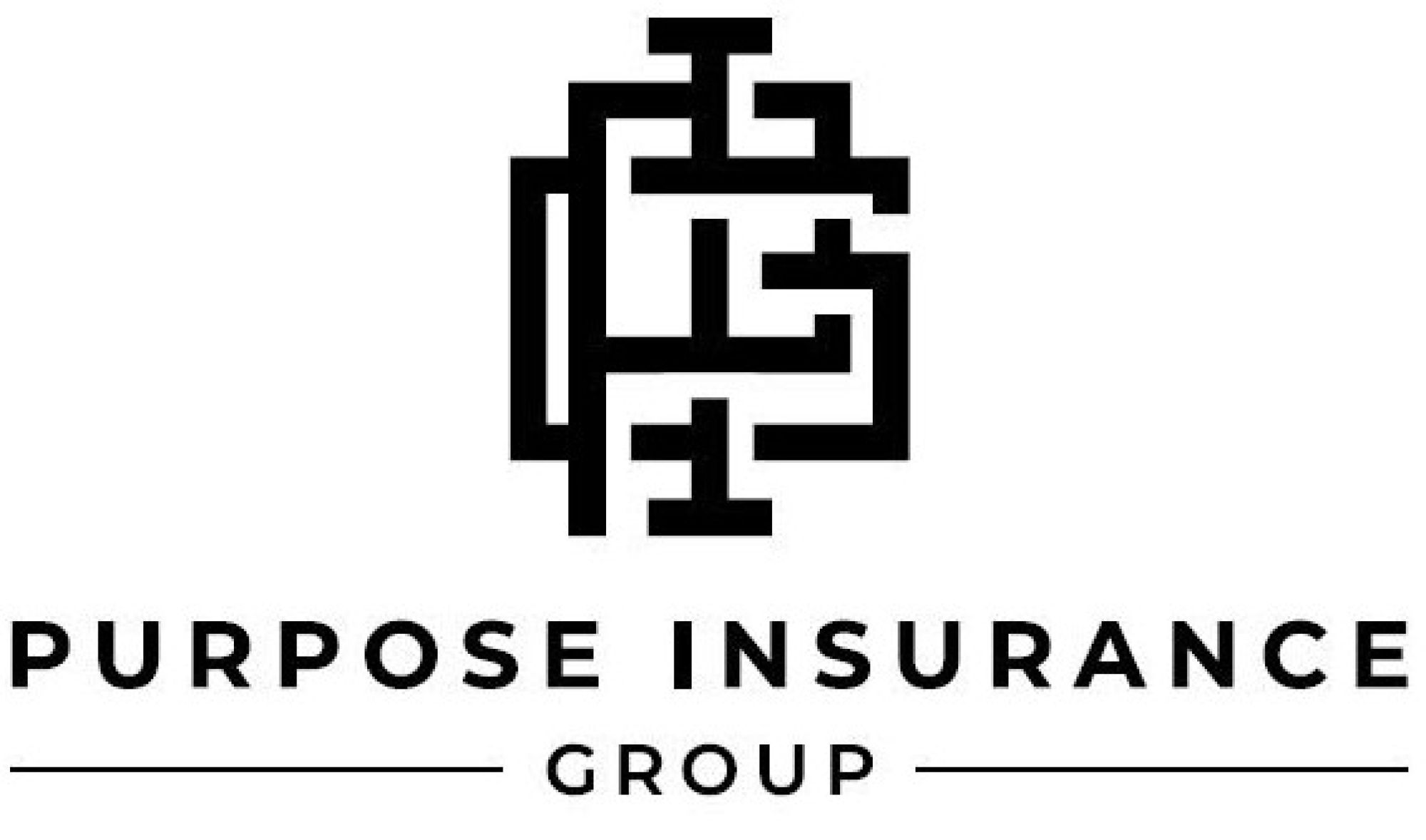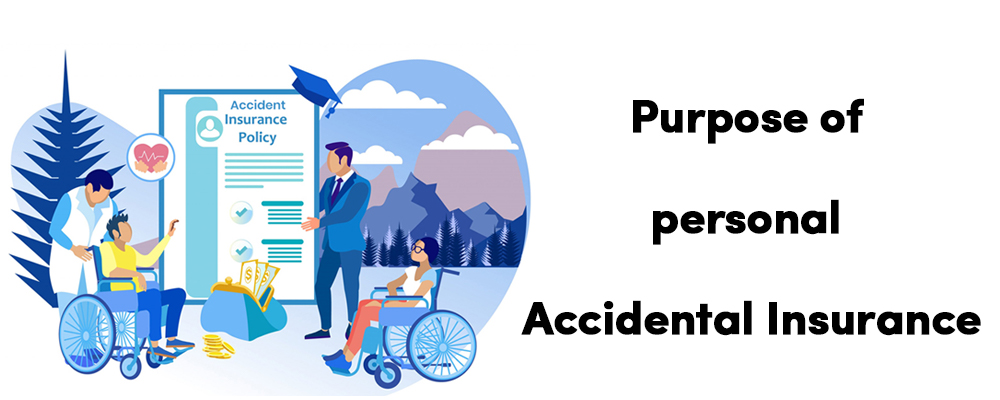Top Guidelines Of Pacific Prime
Top Guidelines Of Pacific Prime
Blog Article
Getting My Pacific Prime To Work
Table of ContentsWhat Does Pacific Prime Do?The Main Principles Of Pacific Prime A Biased View of Pacific PrimeSome Known Facts About Pacific Prime.
In the majority of states, the insurance provider is required to send you a copy of the changes to your policy. It is essential that you review Endorsements or Riders so you comprehend exactly how your plan has actually transformed and if the policy is still adequate to fulfill your demands. To get a copy of your insurance coverage, please call your insurance representative or company.
The Institute of Medication (IOM) Committee on the Repercussions of Uninsurance launches an extensive examination of evidence that addresses the relevance of health insurance coverage with the publication of this report. Coverage Matters is the very first in a series of six records that will be released over the next 2 years documenting the fact and consequences of having an estimated 40 million people in the United States without wellness insurance protection.

Pacific Prime - An Overview
The objective of this collection of studies is to redouble policy focus on a longstanding problem. Following the lengthiest financial development in American history, in 1999, an approximated one out of every six Americans32 million grownups under the age of 65 and more than 10 million childrenremains without insurance (Mills, 2000).

Ten percent of the population make up 70 percent of healthcare expenditures, a relationship that has continued to be constant over the past 3 decades (Berk and Monheit, 2001) - group insurance plans. Thus health insurance coverage remains to serve the function of spreading out threat also as it progressively finances regular care. From the point of view of healthcare service providers, insurance policy lugged by their individuals assists protect an income stream, and areas take advantage of financially sensible and stable healthcare experts and organizations
Government offers medical insurance to populations whom the personal market may not serve properly, such as handicapped and seniors, and populations whose accessibility to healthcare is socially valued, such as kids and expecting females. The utmost ends of medical insurance coverage for the specific and communities, including office communities of workers and companies, are boosted wellness results and lifestyle.
Pacific Prime - Truths
Workers rank health insurance coverage initially by much in significance among all the advantages supplied in the workplace (Salisbury, 2001). There have been large financial investments of individual and public funds to provide wellness insurance coverage, lots of people still have no protection. Regardless of comprehensive reporting of survey searchings for and health and wellness treatment research results, the public remains overwhelmed and mistaken regarding Americans without health and wellness insurance policy and the ramifications of doing not have insurance coverage.

Without concern, the complexity of American healthcare funding mechanisms and the wealth of sources of information contribute to the public's confusion and skepticism about medical insurance data and their analysis. This record and those that will certainly adhere to aim to boil down and present in conveniently easy to understand terms the extensive research that bears on inquiries of medical insurance protection and its importance.
Fifty-seven percent of Americans polled in 1999 believed that those without wellness insurance are "able to obtain the care they need from physicians and healthcare facilities" other (Blendon et al., 1999, p. 207). In 1993, when national focus was focused on the troubles of the without insurance and on pending healthcare legislation, just 43 percent of those questioned held this idea (Blendon et al., 1999).

They likewise get fewer preventive solutions and are much less most likely to have routine treatment for chronic problems such as hypertension and diabetic issues. Persistent diseases can cause costly and disabling complications if they are not well managed (Lurie et al., 1984; Lurie et al., 1986; Ayanian et al., 2000). One national study asked greater than 3,400 adults regarding 15 highly significant or somber problems.
Fascination About Pacific Prime
Extra evidence exists later in this phase in the conversation of insurance policy and accessibility to wellness care. https://triberr.com/pacificpr1me. People without health and wellness insurance policy are young and healthy and pick to go without coverage. Almost half (43 percent) of those surveyed in 2000 believed that people without medical insurance are more probable to have health issues than individuals with insurance
Voters and policy manufacturers in focus team conversations define those without insurance policy as youths who have the possibility to be covered and feel they do not require it (Concierge Novelli, 2001). Contrasted to those with at least some private insurance coverage, the uninsured are less most likely to report being in outstanding or great wellness (Firm for Healthcare Study and High Quality, 2001).
RESOURCE: Center for Cost and Financing Researches, Agency for Medical Care Research and Quality, based upon MEPS data. Young adults between 19 and 34 are much more most likely to do not have health and wellness insurance coverage than any type of various other age group. This is mainly since they are less frequently qualified for employment-based insurance policy because of the nature of their task or their short tenure in it.
The assumption that people without insurance have better-than-average health and wellness follows from perplexing the reasonably young age account of the without insurance with the better health, generally, of younger persons. This obscures the web link between health condition and health insurance. For those without accessibility to work environment medical insurance, bad wellness is a possible obstacle to purchasing nongroup insurance coverage due to the fact that such coverage may be highly priced, leave out preexisting conditions, or be simply inaccessible.
Report this page